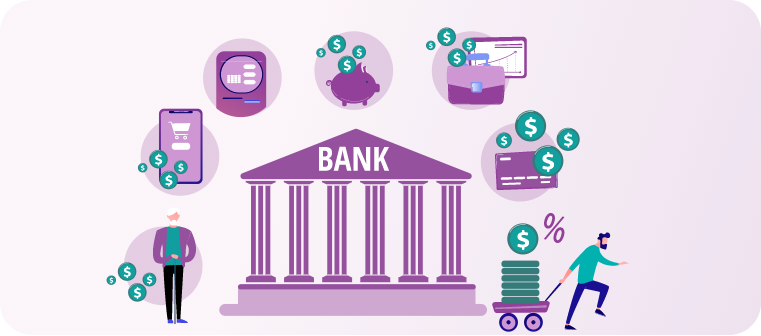What is needed is a digital core that can orchestrate customer experiences, vital for effective transformation. Such solutions are being looked at closely. Hollowing out the existing core and the setting up of a digital core, called System of Engagement vis-à-vis the System of Records in the back office is what banks require today. This digital core sits below the channel layer, which banks use to interact with their customers. This clean and effective technology architecture, which sits atop the back office and below the channel, provides the necessary intelligence to deal with the customer, allowing for prescriptive actions, forming a bridge between the top and bottom layers. This API-based layer is designed with customer centricity in mind, enabling banks to provide world-class customer experiences.
